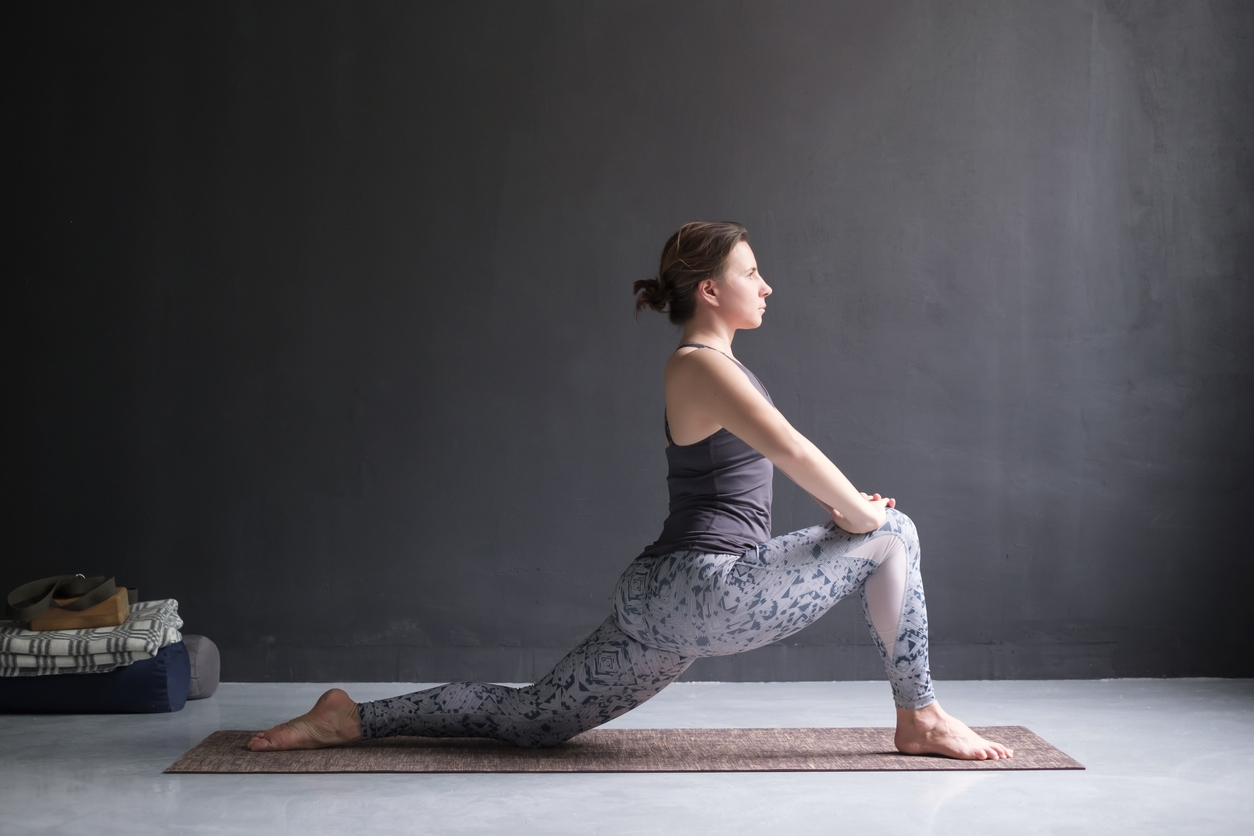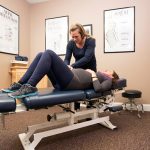How to Help Postpartum Issues Well Past the Fourth Trimester
If you’ve given birth in the last 12 months, you are most assuredly aware of how your body feels and has changed postpartum. And hopefully you have seen a postpartum chiropractic specialist, a pelvic floor doctor or a physical therapist to ensure your recovery after growing a tiny human.
But what if your tiny human isn’t so tiny anymore and you are a mom of an eight-year-old, a 16-year-old, or even a 20 year-old? Did you know many postpartum issues women experience can be years or life-long if they do not get them addressed? The good news is that it is never too late.
Some of the most common postpartum changes a woman experiences after giving birth are:
- Pain during sex
- Difficulting urinating
- Urinary incontinence
- Lower back pain
- Frequent UTIs
- Diastasis recti
- “Weak” abdominals
While these may be more acute in the few months after delivery, many women ignore or try to live with these new conditions for years. At that point they become their new norm, but it doesn’t have to be that way!
Stabilize Your Pelvic Floor After Giving Birth
Pelvic floor issues are the most common long-term postpartum issue Dr. Nelson sees in her practice. After giving birth, a woman may experience a tight or weak pelvic floor that needs intervention to be rehabbed. Dr. Nelson can work on these issues one month or 10 years after birth. When a patient has a particularly difficult condition where they are not getting relief from chiropractic alone, she refers to internal physical therapist, Dr. Kiley Lester PT, DPT, who can work to rehabilitate the pelvic floor internally.
Breathing Exercises to Heal Diastasis Recti
Additionally, Dr. Nelson provides breathing exercises that can rehab the abdominal muscles and heal diastasis recti, which is that belly “pooch” many women experience after carrying a baby because the space between the left and right stomach muscles has widened. The breath work she provides kick-starts the diaphragm. This builds the lower transverse abdominis, which is the deepest muscle in the abdominal group. It helps with breathing and activates the core to stabilize the pelvis and lower back during most movements. This can be done six weeks or six years+ after giving birth. Often strengthening the abdominal muscles again will help relieve lower back pain.
Correct Your Mom Posture
Another common cause of lower back pain postpartum is posture. “Mom posture” as it is often called is caused by muscle imbalance in your hips, resulting in an overextended pelvis and rounded shoulders when you are standing or sitting. The muscles on the front of your hips are flexed and in a shortened state, while your glute muscles are in a lengthened and weakened state. Additionally, your shoulders have rolled forward and out of the body’s ideal alignment. If you do not work to correct the muscle imbalance, you could experience this slouched state for years. By doing corrective exercises, you can strengthen and retrain muscles into a proper posture.
Get Help from Specialists
As moms, we do a lot for our kids and our families, but that does not mean our health and wellness should take a backseat. Don’t let some of these issues become your new normal. Whether it is three months or 30 years postpartum, seek the expertise and help of chiropractors and physical therapists who can help your body heal and thrive.





